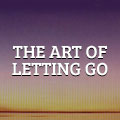“Evolutionary Spirituality is evolution inspired, world embracing, and future-oriented. It is a creative, anticipatory spiritual path in which salvation, however we define that word, is to be found not in connection to the ancestral spirits of yesteryear, in promises of a heavenly beyond, in achieving a transcendent state of inner peace, or even in letting go into a timeless present, but in fully embracing the emergent potential contained in the depths of an evloving cosmos.”
Carter Phipps (Evolutionaries)
Since my first encounter with the spiritual perspective of cosmologist Brian Swimme on our evolutionary story(back in the mid nineties) I have been absorbing the teachings of what has grown to be an evolutionary spirituality movement. I have grown to have the deepest respect and admiration for the integrity and breadth of knowledge of its many leading teachers. They are all forging a new worldview for the twenty first century- one that integrates the wisdom and practices of all the ancient spiritual traditions with our Western expertise in science and psychology. My enthusiasm for the movement is such that I have now set up the infra structure on my 40 acre property in Northern NSW to be able to modestly accommodate a small group of interested folk ( max 10) for residential weekends exploring the personal and planetary impact of these inspiring new teachings.
The weekend practices will include yoga and meditation and relaxation sessions but I also plan on sharing on-line talks from one or two of the leading teachers of the movement . These I hope will inspire stimulating discussion and reflection. Significant teachers for me( in addition to Brian Swimme) have been Marc Gafni and his teachings on the Unique Self, Craig Hamilton and his transcendence of ego process in an evolutionary context, Terry Patten’s “Integral Spirituality” , EnlightenNext guru Andrew Cohen ( his recent book Evolutionary Enlightenment has become an international best seller) and founding mother of the movement, Barbara Marx Hubbard She offers ACE trainings ( agents of conscious evolution) on line that I can highly recommend. All these teachers and many others are now offering free seminars and reasonably priced on line courses that connect you with like minded folk across the planet. The interconnecting power of the web for this sort of thing is extraordinary. Other luminaries of the movement include the ebullient Jean Houston ( sacred psychology) Donald Neale Walsh ( Conversations with God) and Deepak Chopra as well as the ever present Einstein of consciousness Ken Wilber.
There is so much rich material that my challenge will be to select the best for the purposes of inspiring newcomers to these ideas. Please understand however that it is not my intention to encourage “heady” intellectual argument. We will be creating a sacred space of communion helped in no small measure by the magical land energies of Pemavalley. My hope is to bring a small group of people into a sufficiently deep state of heartfelt connection with what we call the “Evolutionary Impulse” to experience something of the ecstatic intimacy Andrew Cohen speaks of:
In that higher state, carried by the evolutionary impulse there is an ecstatic intimacy that cannot be surpassed. It is a sweetness that is infinitely deeper than the experience of sexual union, personal friendship, familial connection or ethnic bonds. It is not separate individuals coming together; it is one Self delighting in consciously recognizing itself
In that state, ego agendas dissolve and one is left enthused with a desire to serve the greater good.
“Our humanity is the conscious meeting place of the finite and the Infinite and to grow more and more towards that Infinite in this physical birth is our privilege.” Sri Aurobindo
If you are interested in participating please e mail me:
Details of dates and cost etc can be found on the WORKSHOPS page
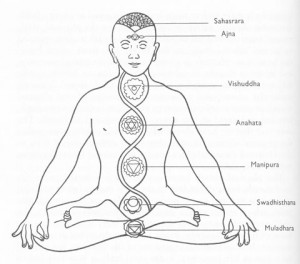 Acupuncture points (tsubos) can be understood as mini charkas. There are thousands of them on energy channels known as meridians that carry the life force (prana, or qi) to the vital organs of the body in much the same way as arteries and veins transport blood. Meridians can be experienced in deep meditation and often in yoga nidra, as fine lines of energy flow and can be felt by sensitive practitioners of shiatsu (finger pressure) massage.
Acupuncture points (tsubos) can be understood as mini charkas. There are thousands of them on energy channels known as meridians that carry the life force (prana, or qi) to the vital organs of the body in much the same way as arteries and veins transport blood. Meridians can be experienced in deep meditation and often in yoga nidra, as fine lines of energy flow and can be felt by sensitive practitioners of shiatsu (finger pressure) massage.
 The growing respect for Buddhism in our culture, which owes much to the popularity of His Holiness the Dalai Lama, is undoubtedly putting meditation on the mainstream menu of acceptable therapies. We are embracing it as a secular rather than as a spiritual practice but nevertheless we are at least beginning to acknowledge the power of the mind and this is a great plus for consciousness in its race against catastrophe.
The growing respect for Buddhism in our culture, which owes much to the popularity of His Holiness the Dalai Lama, is undoubtedly putting meditation on the mainstream menu of acceptable therapies. We are embracing it as a secular rather than as a spiritual practice but nevertheless we are at least beginning to acknowledge the power of the mind and this is a great plus for consciousness in its race against catastrophe.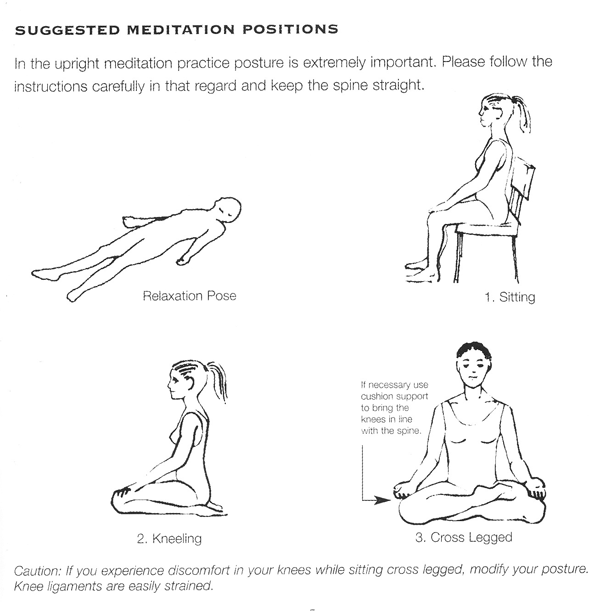
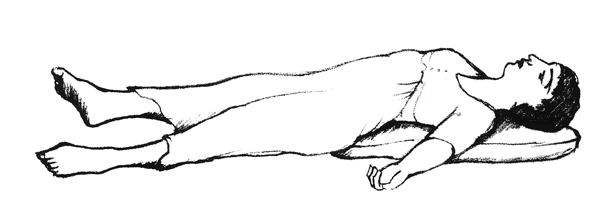
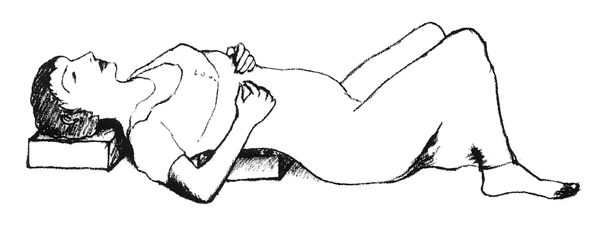
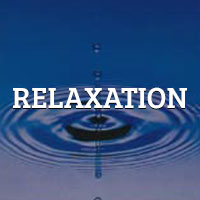





 sending...
sending...
